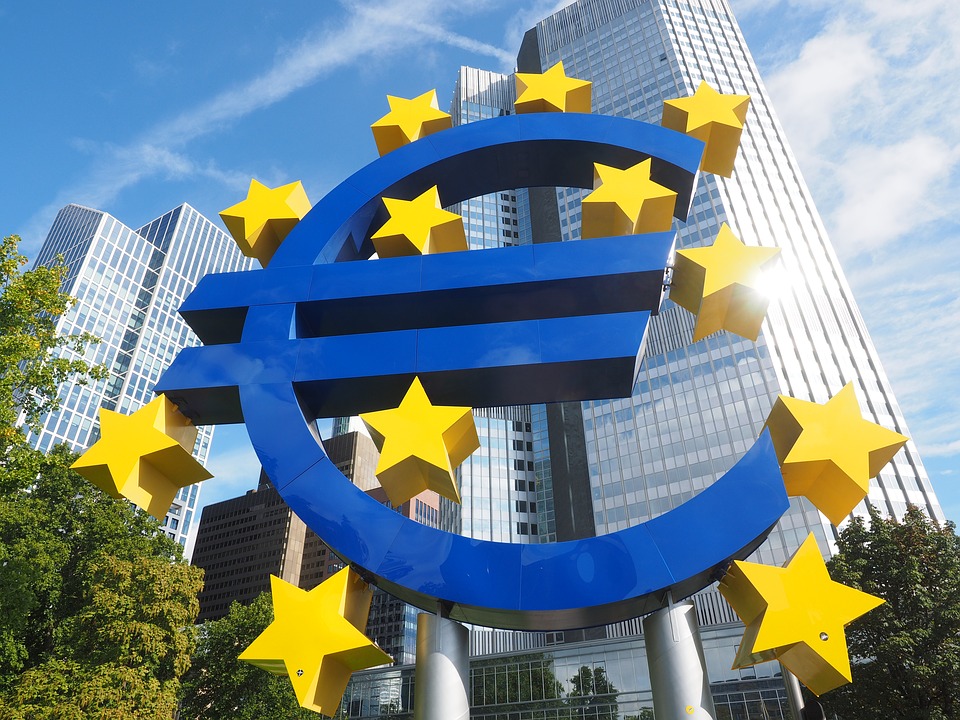Euro zone bonds tick higher before key U.S. jobs report
Euro zone inflation fell more than expected to 2.4% in March, from 2.6% in February, solidifying bets on a June cut. Traders see around 90 bps of ECB cuts this year compared to around 70 for the Fed, which is dealing with a stronger economy.

Euro zone bond yields rose slightly on Friday as investors waited for U.S. employment and wage data for March, which will help guide the Federal Reserve's decision on when to cut interest rates. Yields were set to end the week higher after some strong U.S. manufacturing data at the start of the week and hawkish comments from Fed officials.
Germany's 10-year bond yield, the benchmark for the bloc, was last up 2 basis points (bps) at 2.373%. It has risen 8 bps across a week that has also seen oil prices hit their highest since October at $90 a barrel. Nonfarm payrolls data due at 1230 GMT is expected to show the U.S. economy added 200,000 jobs in March, down from 275,000 in February.
"Arguably the most influential number for markets, it sets the tone not just for Friday, but for the month ahead," said Padhraic Garvey, head of research for the Americas at ING. Figures on Thursday showed U.S. weekly jobless claims rose more than expected last week, although the American labour market remains strong.
Garvey said nonfarm payrolls have averaged around 200,000 for the last three months, which is consistent with above trend growth and is unlikely to make the Fed feel it can cut rates. The dominance of the U.S. economy and the similar path of inflation across the two economic zones means U.S. data and bonds tend to influence their euro zone peers.
Italy's 10-year bond yield was up 3 bps from Thursday, trading around 3.747%. The spread over Germany's 10-year yield stood at 136 bps, up from a more than two-year low of 115 bps in March. Germany's two-year bond yield, which is sensitive to European Central Bank interest rate expectations, was last down 1 bp at 2.85%.
European investors were also looking towards the ECB's interest rate decision next week. Borrowing costs are almost certain to stay at 4% but the ECB could give markets a steer as to whether the current bet that rates will fall in June is correct. Euro zone inflation fell more than expected to 2.4% in March, from 2.6% in February, solidifying bets on a June cut.
Traders see around 90 bps of ECB cuts this year compared to around 70 for the Fed, which is dealing with a stronger economy.
(This story has not been edited by Devdiscourse staff and is auto-generated from a syndicated feed.)
ALSO READ
A Concise History of Cars: The Early Days of American Automobiles
Italy Bounces Back with Commanding Victory Over Tonga
Germany to Phase Out Huawei, ZTE Components from 5G Network by 2029
Germany says it won't be cowed by Russia after reported plot to kill Rheinmetall CEO
Germany Set to Bolster Military with Major Boxer Armoured Vehicles Purchase










